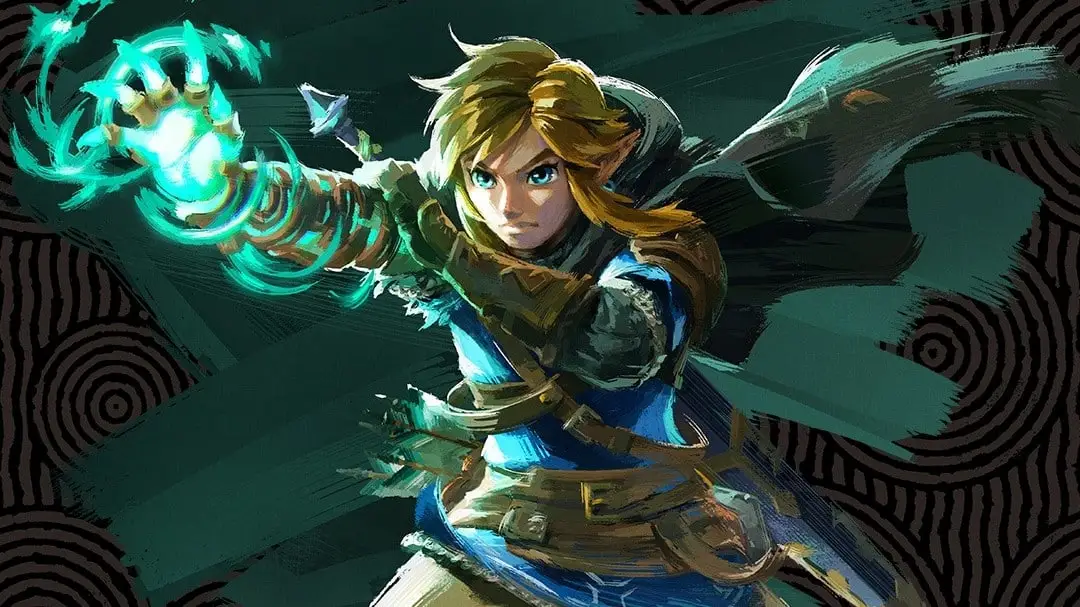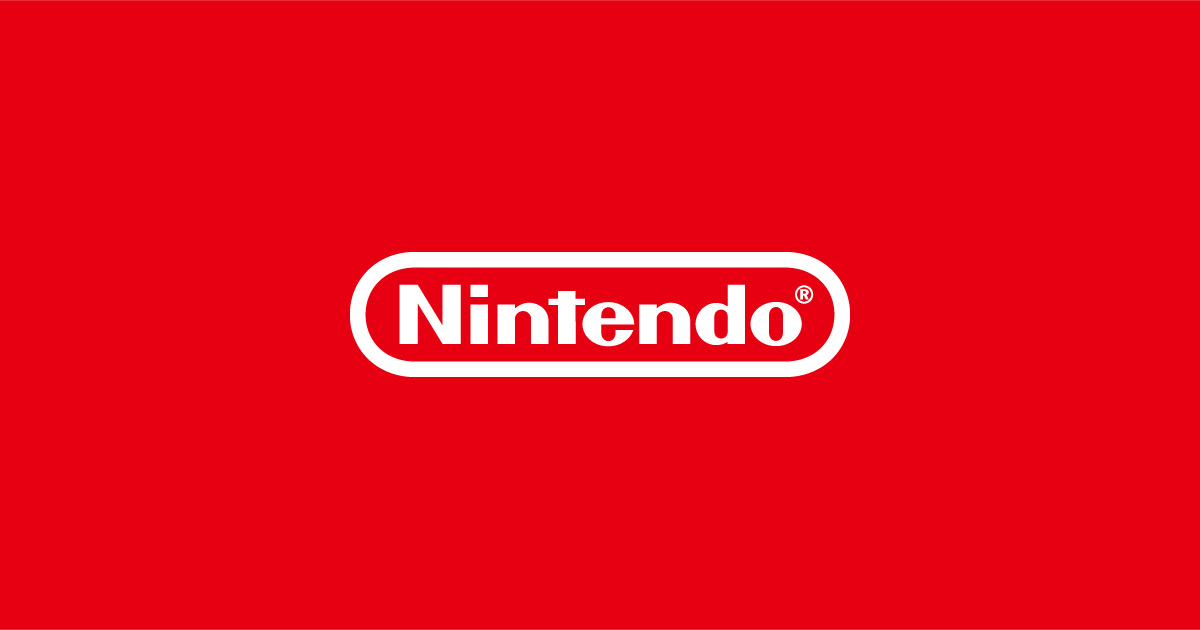As two of the Nintendo Switch's most celebrated titles, The Legend of Zelda: Breath of the Wild and its sequel, Tears of the Kingdom, have set new benchmarks for open-world adventure and user experience.
Developed by Nintendo with an unwavering focus on player immersion, both games were designed to reinvent not only the aesthetic but also the practical side of in-game interfaces (UI/UX).
In a recent feature on Nintendo’s official recruitment site, lead UI designer Daigo Shimizu shared insight into the design philosophy behind these groundbreaking titles. Shimizu described how, starting with Breath of the Wild, the design team chose a streamlined approach to user interface.
"We aimed to remove unnecessary clutter and highlight only the most essential information," he explained, rephrased for clarity.
This direction was integral in creating an immersive gameplay experience where players' focus remained on Hyrule’s vast world and their adventure, rather than on overwhelming on-screen elements.
Both games, exclusively available on the Nintendo Switch platform, reflect this careful design: players encounter minimal UI distractions, making exploration feel more engaging and organic. This philosophy extended beyond just the core gameplay.
For instance, in Breath of the Wild, loading screens showed useful adventure tips.
However, for Tears of the Kingdom, the team set out to invigorate waiting periods by displaying the map instead.
"We realized presenting a map during loading could stir the same excitement players feel when planning a real-world trip," Shimizu noted in the official statement.
By doing so, load times became opportunities for players to plot their next destination, transforming idle moments into part of the adventure.
Shimizu likened this to the universal thrill of unfolding a map in anticipation of new discoveries—the kind of subtle yet effective UX choice that enhances overall player enjoyment. Another highlight is the approach to the Cooking and Recipe Book features in Tears of the Kingdom.
The team recognized that, much like viewing enticing restaurant menus, visualizing recipes in the game could elicit positive emotions.
Shimizu emphasized the psychological intent: "People naturally feel happiness when looking at images of delicious food.
By crafting diverse food icons and a rich Recipe Book, we wanted players to experience joy and curiosity, motivating them to experiment with new combinations." This integration of daily-life pleasures into game mechanics exemplifies Nintendo’s commitment to player-centric design. Both Breath of the Wild and Tears of the Kingdom launched on Nintendo Switch, with later editions optimized for the Nintendo Switch 2.
These titles have collectively achieved outstanding critical success and commercial milestones, further cementing Nintendo’s reputation for innovation in hardware and game development. Through practical, psychology-driven UI/UX decisions, Nintendo’s developers—led by designers like Shimizu—continue to deliver experiences that resonate emotionally and functionally with players around the world.
Their work highlights the unique role of UX design in transforming video games into memorable entertainment, a hallmark of Nintendo’s enduring legacy.
As fans eagerly await future announcements in Nintendo Direct presentations or the arrival of these titles on the eShop, the influence of Breath of the Wild and Tears of the Kingdom on game interface design will remain clear for years to come.
Developed by Nintendo with an unwavering focus on player immersion, both games were designed to reinvent not only the aesthetic but also the practical side of in-game interfaces (UI/UX).
In a recent feature on Nintendo’s official recruitment site, lead UI designer Daigo Shimizu shared insight into the design philosophy behind these groundbreaking titles. Shimizu described how, starting with Breath of the Wild, the design team chose a streamlined approach to user interface.
"We aimed to remove unnecessary clutter and highlight only the most essential information," he explained, rephrased for clarity.
This direction was integral in creating an immersive gameplay experience where players' focus remained on Hyrule’s vast world and their adventure, rather than on overwhelming on-screen elements.
Both games, exclusively available on the Nintendo Switch platform, reflect this careful design: players encounter minimal UI distractions, making exploration feel more engaging and organic. This philosophy extended beyond just the core gameplay.
For instance, in Breath of the Wild, loading screens showed useful adventure tips.
However, for Tears of the Kingdom, the team set out to invigorate waiting periods by displaying the map instead.
"We realized presenting a map during loading could stir the same excitement players feel when planning a real-world trip," Shimizu noted in the official statement.
By doing so, load times became opportunities for players to plot their next destination, transforming idle moments into part of the adventure.
Shimizu likened this to the universal thrill of unfolding a map in anticipation of new discoveries—the kind of subtle yet effective UX choice that enhances overall player enjoyment. Another highlight is the approach to the Cooking and Recipe Book features in Tears of the Kingdom.
The team recognized that, much like viewing enticing restaurant menus, visualizing recipes in the game could elicit positive emotions.
Shimizu emphasized the psychological intent: "People naturally feel happiness when looking at images of delicious food.
By crafting diverse food icons and a rich Recipe Book, we wanted players to experience joy and curiosity, motivating them to experiment with new combinations." This integration of daily-life pleasures into game mechanics exemplifies Nintendo’s commitment to player-centric design. Both Breath of the Wild and Tears of the Kingdom launched on Nintendo Switch, with later editions optimized for the Nintendo Switch 2.
These titles have collectively achieved outstanding critical success and commercial milestones, further cementing Nintendo’s reputation for innovation in hardware and game development. Through practical, psychology-driven UI/UX decisions, Nintendo’s developers—led by designers like Shimizu—continue to deliver experiences that resonate emotionally and functionally with players around the world.
Their work highlights the unique role of UX design in transforming video games into memorable entertainment, a hallmark of Nintendo’s enduring legacy.
As fans eagerly await future announcements in Nintendo Direct presentations or the arrival of these titles on the eShop, the influence of Breath of the Wild and Tears of the Kingdom on game interface design will remain clear for years to come.





